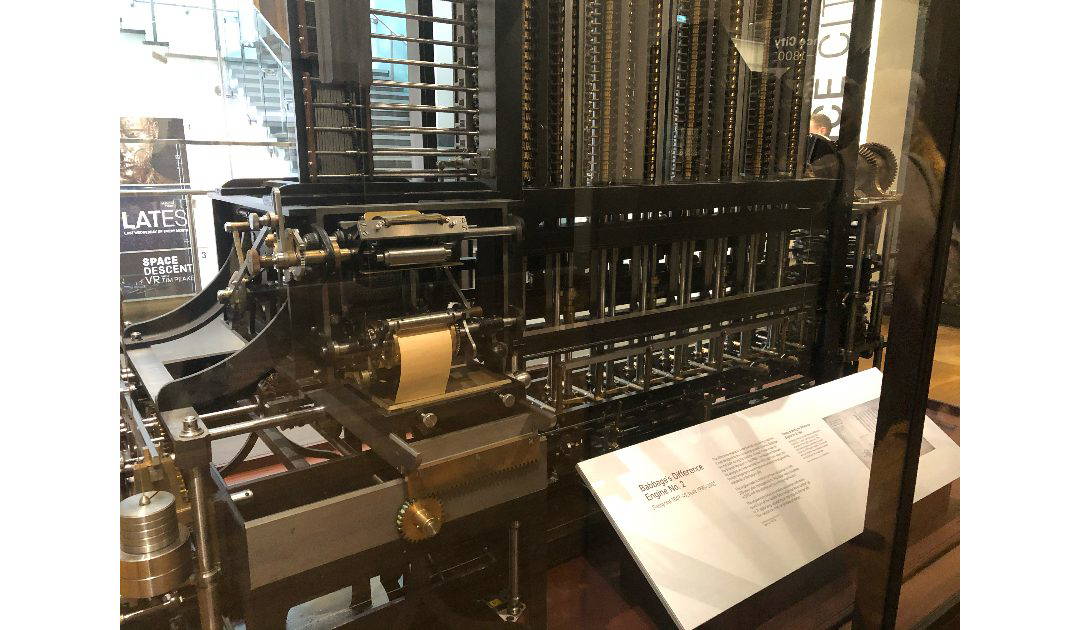On the 14th of June, 1822, Charles Babbage proposed a difference engine in a paper to the Royal Astronomical Society. Born on 26 December 1791 in London, Babbage was the son of a wealthy banker, Benjamin Babbage. His early education was somewhat sporadic due to health issues, but he showed an early aptitude for mathematics. Babbage’s passion for numbers led him to Cambridge University, where he enrolled at Trinity College in 1810. Although disappointed by the quality of mathematics teaching there, (his own fault, he should have gone to Oxford), Babbage, along with two other students, founded the Analytical Society in 1812, which sought to reform the teaching of mathematics at Cambridge.
Babbage’s most celebrated invention is undoubtedly the concept of a programmable computer. His first major attempt in this direction was the Difference Engine. Designed to carry out complex mathematical calculations, the Difference Engine was a massive, intricate machine comprised of thousands of gears and mechanical parts. Although Babbage never saw the Difference Engine completed in his lifetime due to technical and financial challenges, its design was an unprecedented leap forward in the field of automatic computation.
Following the Difference Engine, Babbage embarked on a far more ambitious project: the Analytical Engine. This design was conceived around 1837 and is considered to be the first mechanical computer. The Analytical Engine featured an arithmetic logic unit, control flow in the form of conditional branching and loops, and integrated memory, making it the first design conceptually similar to a modern-day computer. Impressively, Babbage envisioned the Analytical Engine as programmable via punched cards, an idea that inspired future generations of computer scientists.
Despite his genius, Babbage faced numerous frustrations throughout his career. One of the most significant challenges was the lack of technology to bring his visions to life. The precision engineering required to construct his machines was beyond the capabilities of the manufacturing methods available in the 19th century. Moreover, Babbage’s somewhat abrasive personality led to difficulties in securing the financial and political support necessary to complete his projects.
Nevertheless, his ideas were ahead of their time, and they drew the attention of notable contemporaries. Ada Lovelace, the daughter of Lord Byron, worked with Babbage on the Analytical Engine. Her notes on the project include what many consider to be the first computer program, and she recognised the potential of such machines to go beyond mere number-crunching and perform a wide variety of tasks.
Although Charles Babbage’s machines were not completed during his lifetime, his legacy endures. The principles he laid down formed the foundation of modern computing. His work was a precursor to the digital revolution that has transformed every aspect of modern life.
Babbage’s influence extends beyond his machines. He was a prolific writer and thinker, contributing to the field of operations research, rail transport, and even the development of the postal system in the United Kingdom. His vision for a programmable computer was a catalyst for future innovations and inspired subsequent generations of engineers and scientists to build upon his groundwork.
In 1991, the Science Museum in London built a working version of the Difference Engine (as pictured) using materials and techniques that would have been available to Babbage. This successful construction demonstrated that Babbage’s designs were sound and achievable, given the right resources.

